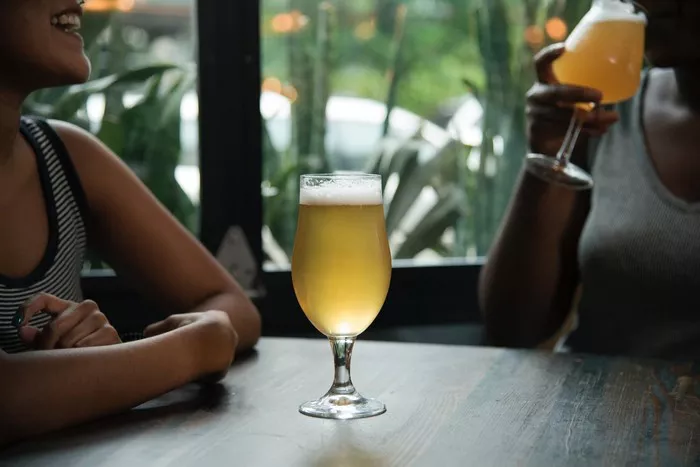A recent report by Trading Standards officers reveals widespread instances of short measures in UK pubs. The study, encompassing 77 establishments, uncovered 96 instances of short measures out of 137 total orders.
Approximately 70% of all drinks examined fell below the prescribed quantity mandated by the Weights and Measures Order for pints, half pints, and 175ml glasses of wine. Notably, 86% of beer orders and 43% of wine orders were found to be short measured.
Of particular concern is the extent of the shortfall, with 29% of drinks tested falling short by more than 5%. On average, short-measured beer incurred a deficit of 4%, while wine suffered a 5% shortfall.
Financially, the impact is significant. The average beer drinker is estimated to lose £1.70 per week or approximately £88.40 annually, with wine drinkers losing even more, at £2.20 per week or £114.40 annually, according to the Chartered Trading Standards Institute (CTSI).
The most egregious instances of short measures were predominantly observed in wine servings. In Walsall, a glass of wine was found to be 15% below the standard 175ml serve, costing consumers £3.20. Similarly, in Belfast and Havering, wine servings were respectively 13.4% and 12% below the required level.
These findings emerge amidst a backdrop of “shrinkflation,” where food and drink quantities decrease while prices remain unchanged or rise. While previous attention centered on producers reducing alcohol by volume (ABV) to maintain prices, the current trend indicates a reduction in quantity as well.
According to the Office for National Statistics, the average price of a bottle of red wine has risen by 8% in the past year, while the cost of a pint of lager has increased by 5.6%.
The debate surrounding short measures extends to the contentious issue of frothy heads on pints of lager. While legally permissible, opinions vary among consumers and experts regarding inclusion in the measure. The Campaign for Real Ale argues against including the head, yet certain beer aficionados advocate for it, citing flavor and stylistic authenticity.
Commenting on the report, CTSI Chief Executive John Herriman described it as a “snapshot” of a pervasive issue. He emphasized the need for the hospitality sector to ensure consumers receive value for money by accurately measuring drinks. Additionally, he called for further research and resource allocation to address this concern effectively.


